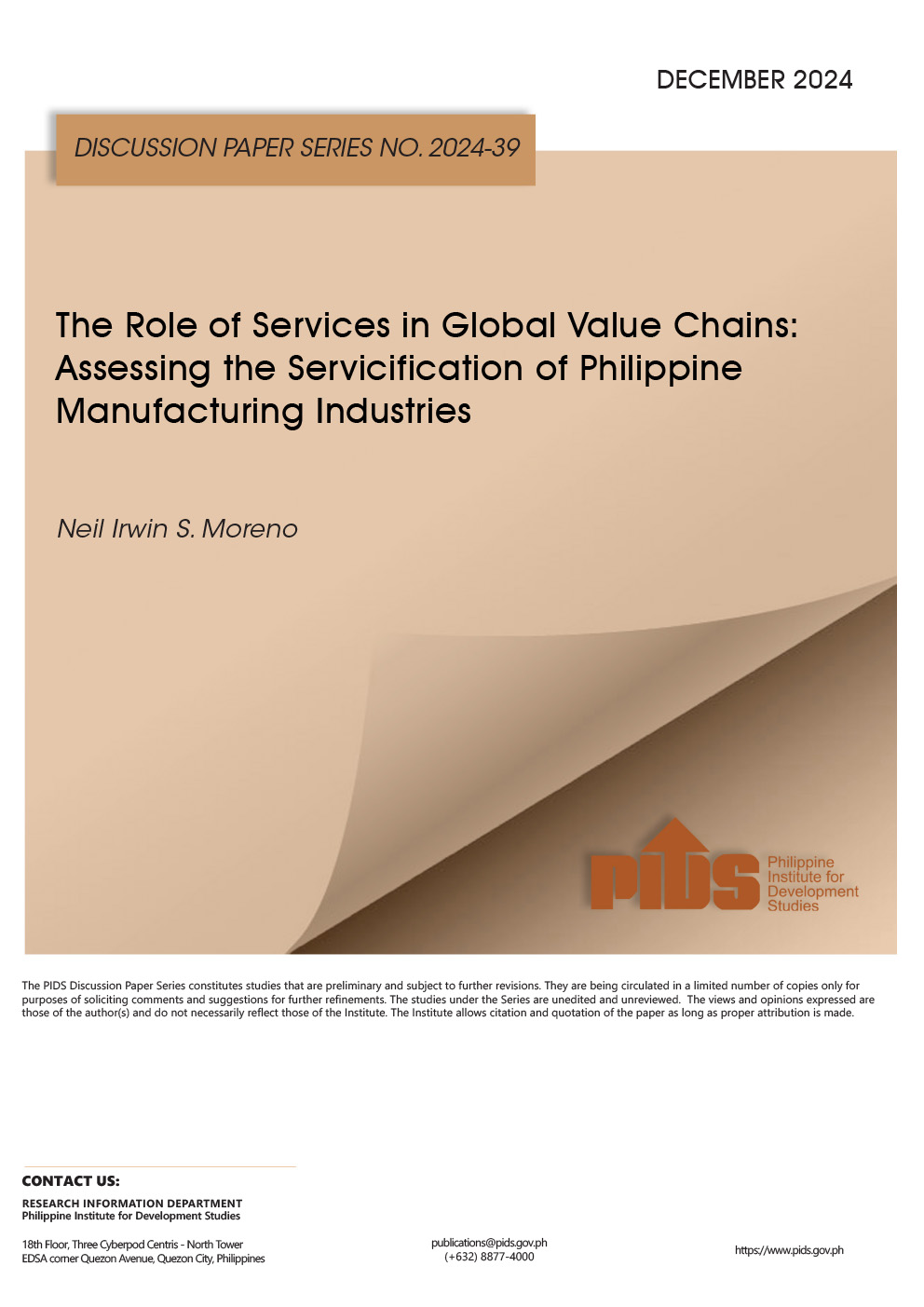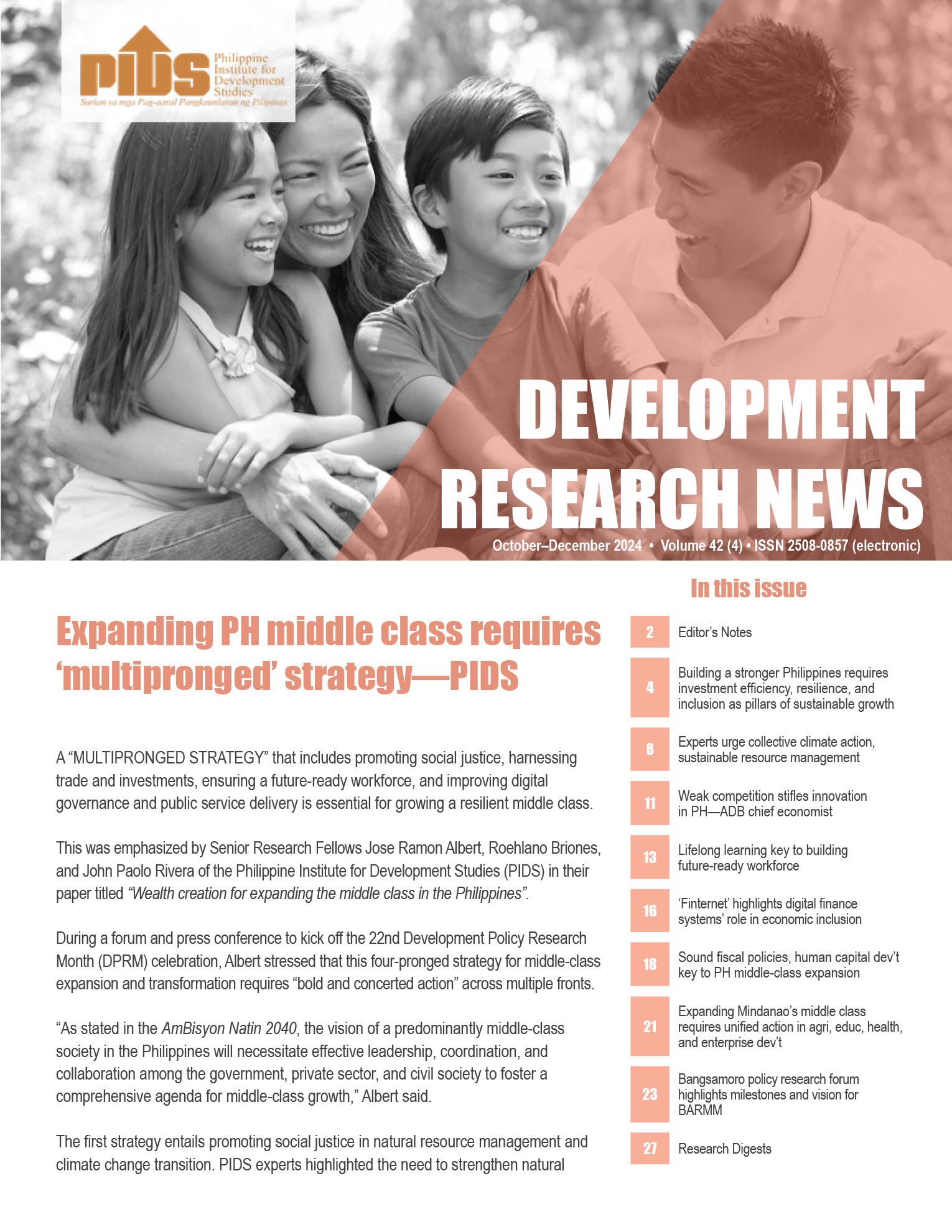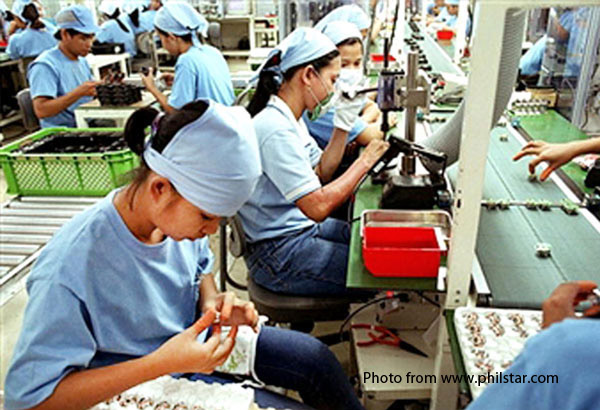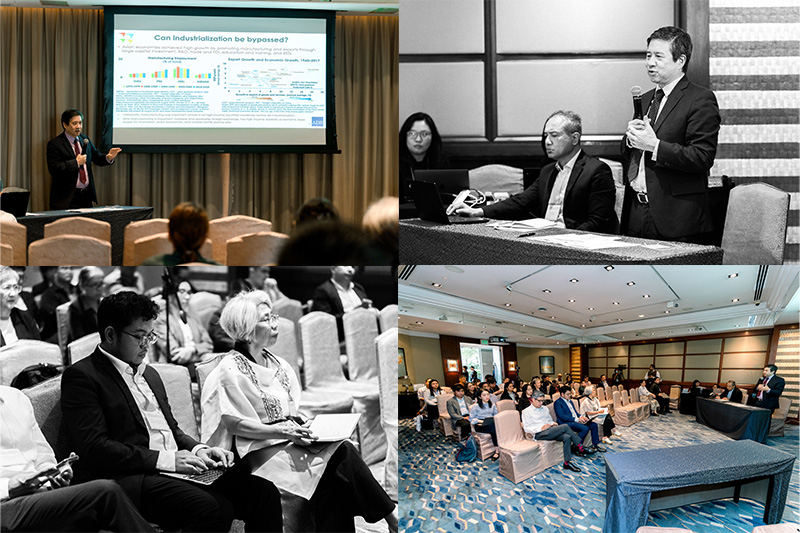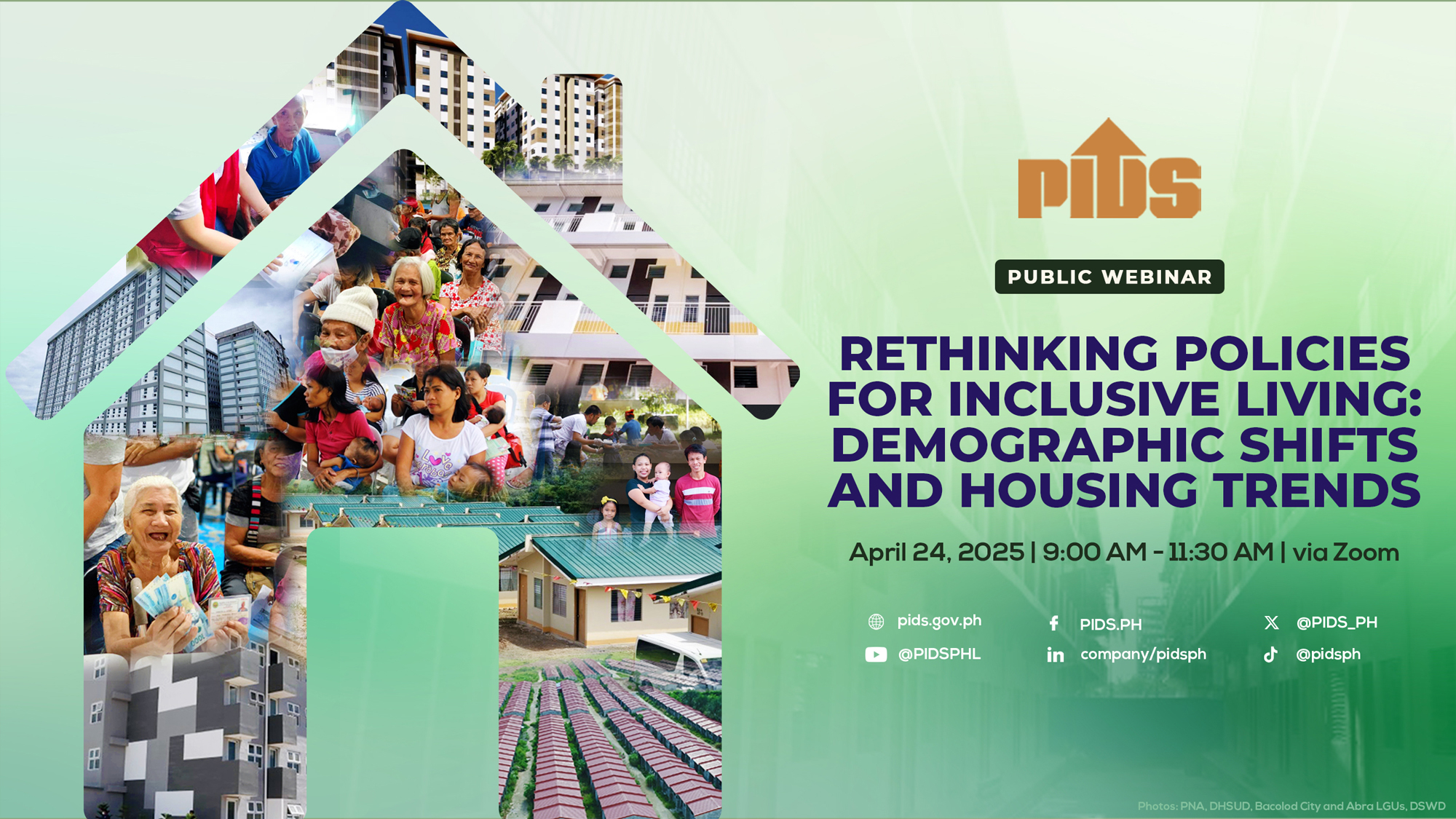The Philippines needs to beef up manufacturing if it wants economic growth to be inclusive, according to the Philippine Institute for Development Studies (PIDS). The country’s GDP growth hit 7.5 percent in the second quarter and was second to China due to the success of the services sector, particularly business process outsourcing, and the continuous flow of remittances from overseas workers. However, the manufacturing sector has been a laggard and must get a boost so that the Philippine economy doesn’t have to rely much on the service sector and remittances, said PIDS President Gilberto Llanto during a recent knowledge-sharing forum on Industry Roadmaps and National Industrial Development at the House of Representatives in Quezon City. The boom-bust cycle of the Philippine economy is in fact due to the sluggish growth of the manufacturing sector, said PIDS Senior Research Fellow and Acting Vice-President Rafaelita Aldaba. As a result, economic growth has been unable to make a significant dent on poverty and unemployment. "If you want economic growth be inclusive, we should not rely on the services sector alone,” Aldaba said in the forum organized by PIDS and the Congressional Policy and Budget Research Department (CPBRD). "We can create more quality jobs in the manufacturing sector,” she added. There has been a very little movement of resources in manufacturing, where the share of value added to GDP declined to 23.7 percent in the 2000s from 26.3 percent in 1980s, she noted. In contrast, Thailand, Indonesia, and Malaysia saw higher value added since the 1990s. "The desired structural changes to create enough employment also did not take place in the manufacturing sector,” Aldaba said. "Employment average share of manufacturing dropped from 10 percent in 1990s to 9.1 percent in 2000s, which reflects the sector’s failure to create enough jobs.”

